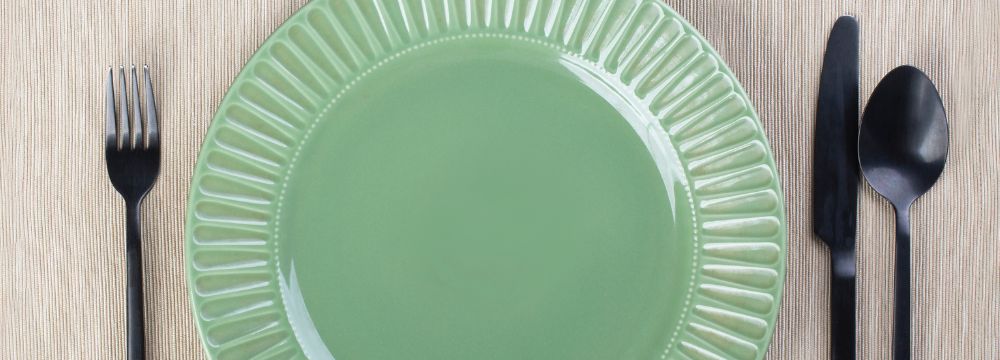After Bariatric Surgery
It’s a common question that makes a lot of sense. After bariatric surgery, will you have an unenviable situation where your stomach is significantly smaller, but you remain hungry? The answer will depend from person to person; however, generally speaking, every major bariatric procedure currently offered has a mechanism by which it reduces hunger. Let’s take the three most popular bariatric surgeries today and discuss them one by one. Before discussing weight loss surgery options, knowing that the Lap-Band and the gastric balloon are not performed very often is essential – as such, we do not include these procedures in our analysis.
The Gastric Sleeve
Gastric sleeve surgery is currently the most popular bariatric procedure in the United States and has been for quite some time. This stems from the relatively straightforward nature of the surgery, which cuts away about 80 to 85% of the stomach pouch, removing the cutaway portion from the abdomen. While the benefits of the gastric sleeve seem purely mechanical, there is also a hormonal component to it. The upper, outer part of the stomach, known as the fundus, is removed during the surgery. The fundus is the primary production center for the hunger hormone known as ghrelin. Naturally, when this part of the stomach is removed, patients tend to feel fewer hunger pangs, which helps them lose weight more quickly with less effort and frustration. It’s worth noting that the small intestine eventually adapts to produce some ghrelin about two years after surgery. So, gastric sleeve patients must diligently change their lifestyle habits, including improving diet and exercise. When ghrelin production starts again, patients should have a substantial lifestyle change in place to ensure this does not cause significant weight regain.
The Gastric Bypass
The gastric bypass combines restriction (cutting away about 85% of the stomach) and malabsorption, where a significant portion of the small intestine is bypassed. It typically offers faster initial weight loss than the gastric sleeve, and many bypass patients feel significantly fewer hunger pangs, even though the cutaway portion of the stomach remains in the abdomen. The gastric bypass is notable for its rapid improvement in blood sugar levels. By resetting insulin sensitivity it quickly reduces and normalizes hunger. Further, the gastric bypass has a built-in food-limiting mechanism called dumping syndrome. Patients who consume large, fatty, or sugary meals will feel the decidedly uncomfortable but not life-threatening effects similar to hypoglycemia or low blood sugar. Eventually, we adapt and no longer crave the foods that can cause this discomfort. Gastric bypass patients typically enjoy this benefit long-term unless they consistently overeat and stretch their stomach pouch or stoma – the opening from the stomach into the small intestine.
The Duodenal Switch
The duodenal switch or DS and its derivative procedure known as the SADI are very effective with hunger pangs because the first part of the procedure is, in fact, a gastric sleeve. As such, just like the gastric sleeve, the duodenal switch removes the primary production center of the hunger hormone and, in doing so, significantly reduces cravings. The duodenal switch also has a malabsorption mechanism to it. Consequently, this procedure is the most effective in excess body weight loss and improving or resolving obesity-related diseases.
The Bottom Line
Fortunately, our understanding of bariatric surgery and the human body has resulted in techniques that restrict the amount of food a patient can eat and limit the cravings a patient will experience after surgery. This is, of course, crucial to ensuring long-term weight loss. Everyone will eventually liberalize their diet and exercise as they move further from their surgery date. However, with diligence and motivation, most patients can maintain excellent weight loss and disease improvement for the long term and even the rest of their lives.
We look forward to seeing you at our office, where we can discuss the particulars of the procedure and see which one is best for you.










